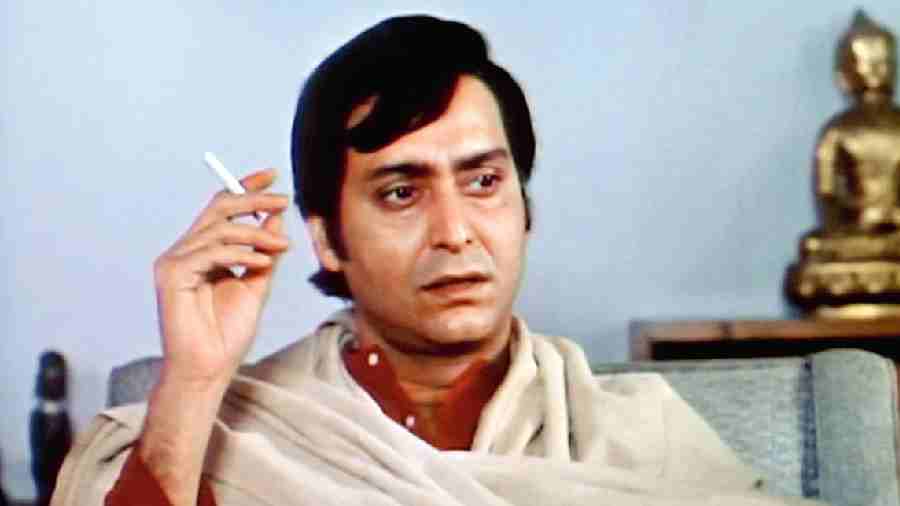Feluda and Professor Shonku were already there. Now, Apu has joined the townscape.
New Town has a third park, drawing from Satyajit Ray’s fictional and cinematic oeuvre, which was thrown open to the public last week even before its formal inauguration. The park in BC Block, spread over 1.48 acre, is named after the third film in the master filmmaker’s trilogy, drawing from Bibhutibhushan Bandyopadhyay’s Pather Panchali — Apur Sansar. The township already has a Sonar Kella Park in BA Block and a Professor Shonku Park in Action Area II.
“Chatterjee's death and Ray's centenary year happened one after another. It was like the passing of an era, which led us to think of ways to commemorate both events so that the next generation visiting the park gets to know about Ray and Chatterjee. The park was conceived on the basis of suggestions received when we were holding a memorial meet for Chatterjee at Nazrul Tirtha,” said NKDA chairman Debashis Sen. “We always wanted a park with Feluda as theme. But Sonar Kella Park was homegrown, designed and executed by in-house engineers. But the two others have been planned on the basis of design competitions,” he said.

Apur Sansar Park in BC Block, New Town as viewed from the roof next to an attic inspired by Apu’s room in Satyajit Ray’s eponymous film. Pictures by Sudeshna Banerjee
Work began two years ago. Six months went in planning and a year and half in execution. “It was a difficult theme to transform from the celluloid to an architectural format. Since Apur Sansar was Soumitra Chatterjee's debut, I visualised it as the starting point of his journey,” said Saibal Kar of Kerr & Associates, who had aced the design competition.
The biggest structure in the sprawling and landscaped park is Apu's house. But it does not look anything like the structure in the Tallah Park alley where Apu lived. “I did not want to create a Puja pandal by replicating anything in the movie. I have tried to capture the essence of Apu in an abstract form,” he said.
The two-storeyed structure has two rooms on the ground floor. One has photographs of Soumitra from the Apu trilogy and other Ray films while the other has moments with Ray himself. The room on the attic above has elements from the adult Apu's life like two sets of utensils on the floor where he and his young bride would have dinner, an alarm clock and a transistor set on the table, pen and inkpot…The view from the roof has suggestions through landscaping of a railway track meandering through the lawn, in a nod to the scenes of a train chugging by or its whistles waking Apu up at dawn. There is a waterbody too.

The entrance to the park; (right) figures from the film in relief on the walls
But it is the figures in relief on the boundary walls and outdoor graffiti through which Apu's emergence is traced right from the time he and Durga spot a train steaming by a field overgrown with nodding catkins, carrying his son on his shoulders. The wall has Ray as well, looking through the camera.
Some work is still left before the formal inauguration takes place. A pergola that welcomes the visitor will be used to house a snacks stall. There are also plans to set up a book stall cum souvenir shop.
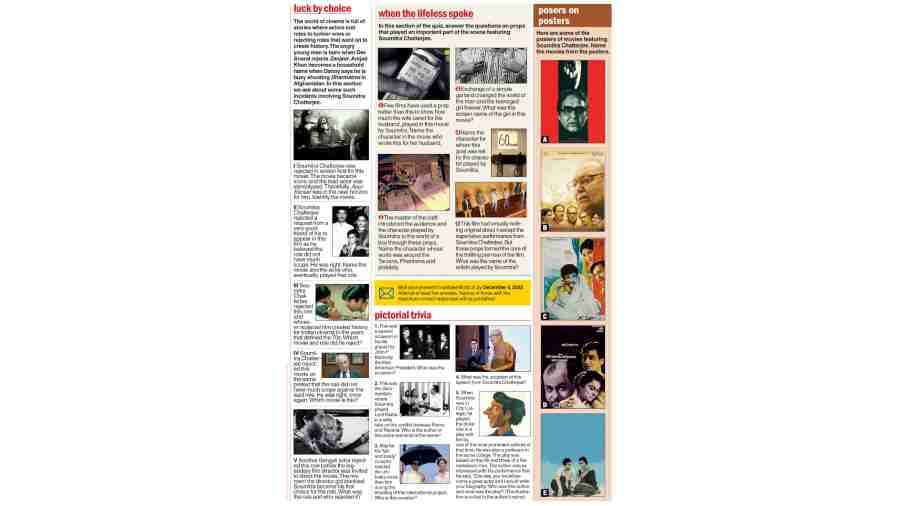
Thespian’s footsteps
Here are some of the places which are associated with Soumitra Chatterjee. Identify the place and let us know how the place is connected to him.
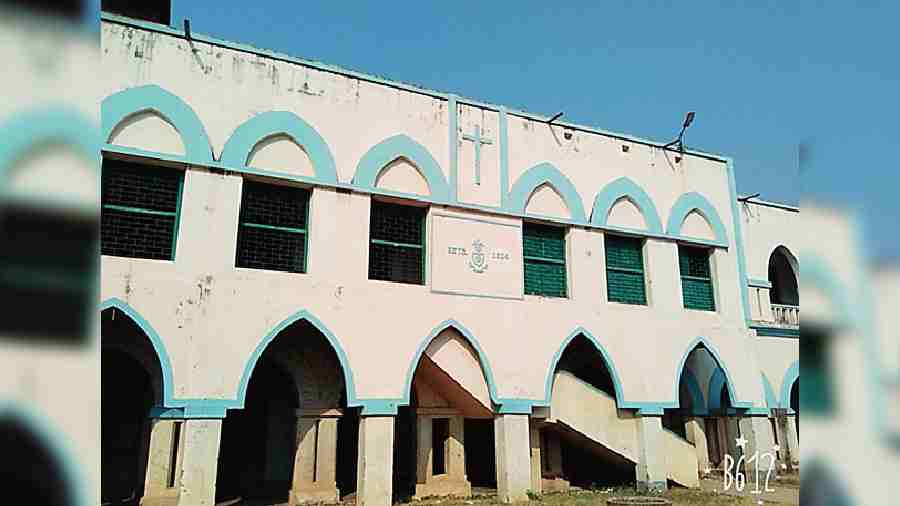
An institute that is just 12 years away from celebrating its 200th anniversary. What is the name of the institute and how is it connected to Soumitra?

What is the name of the river and which movie had some of its iconic scenes shot near it?
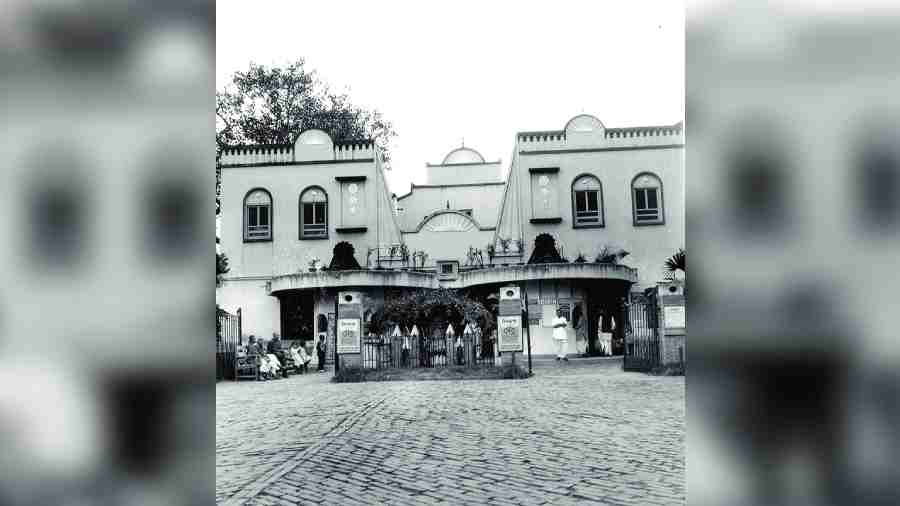
This theatre marked a remarkable return of Soumitra to the stage. What is the name of the theatre?
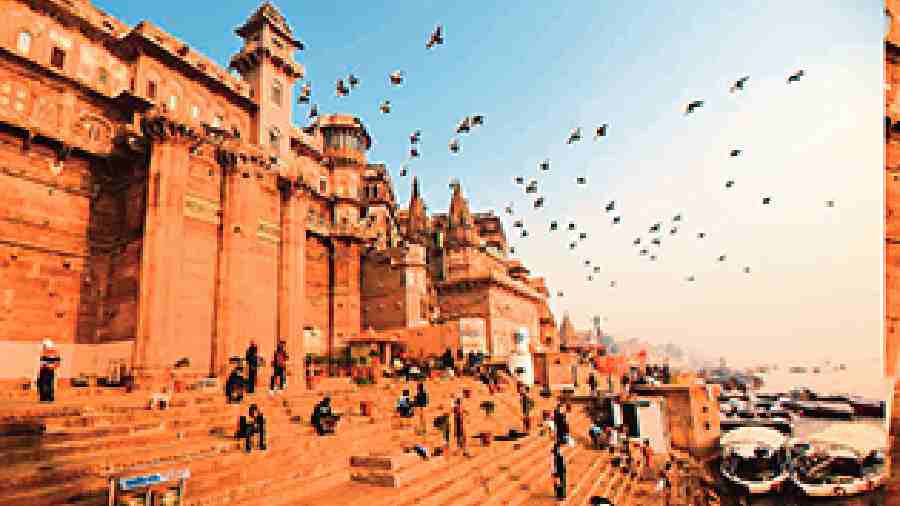
Identify this ghat and describe the iconic scene featuring Soumitra that was shot adjacent to this.
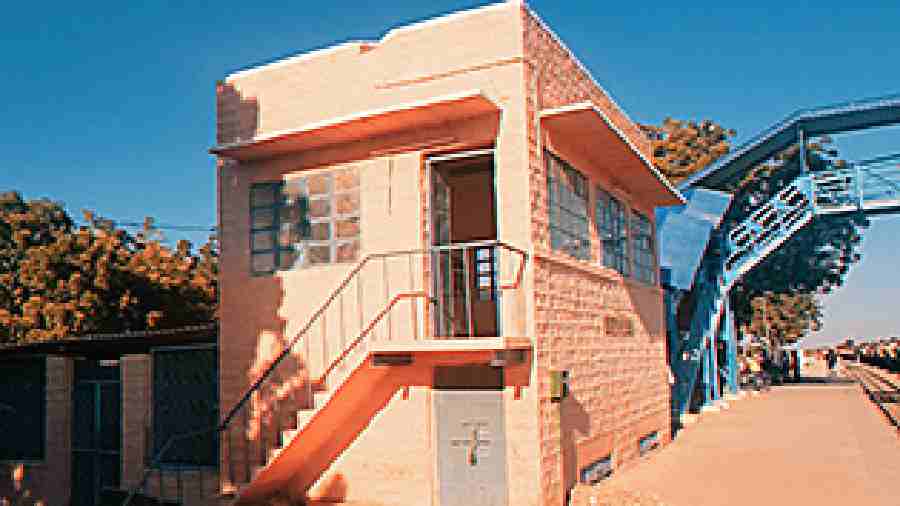
The villain, the Kamayacha, the Khartal and the clue that glowed in the amber. The plot of a thriller gets the twist in this station. Name the station and the film.
